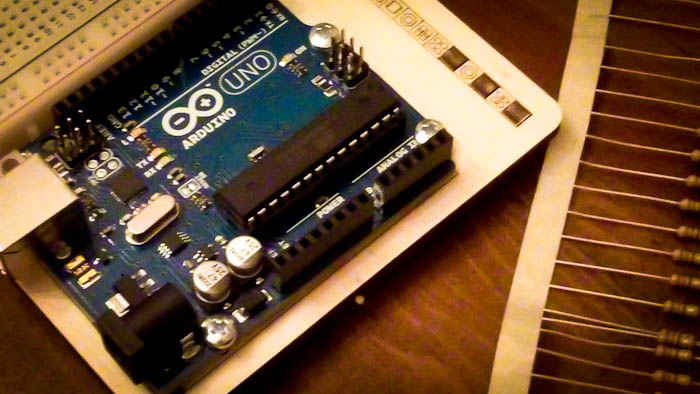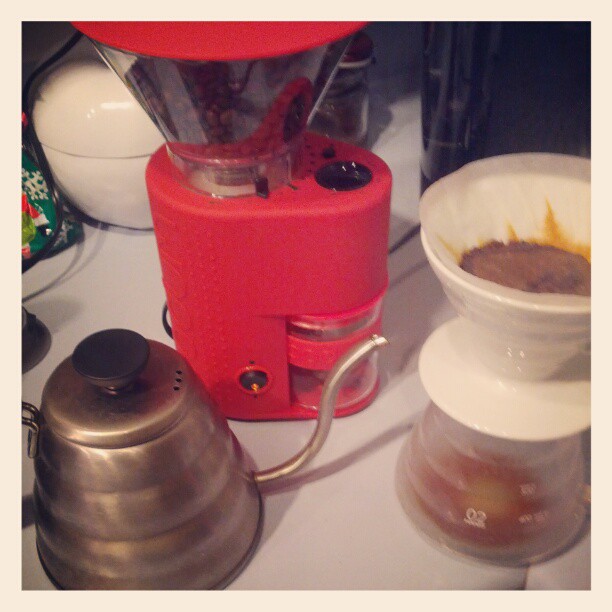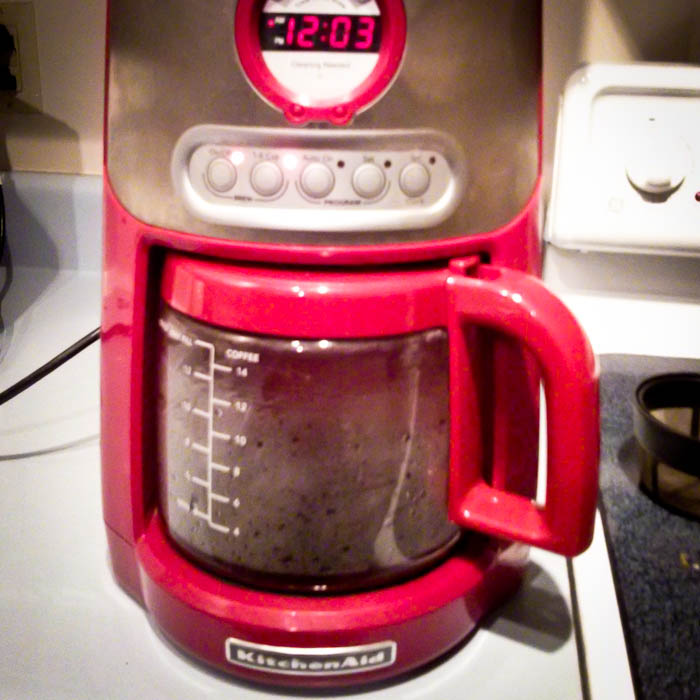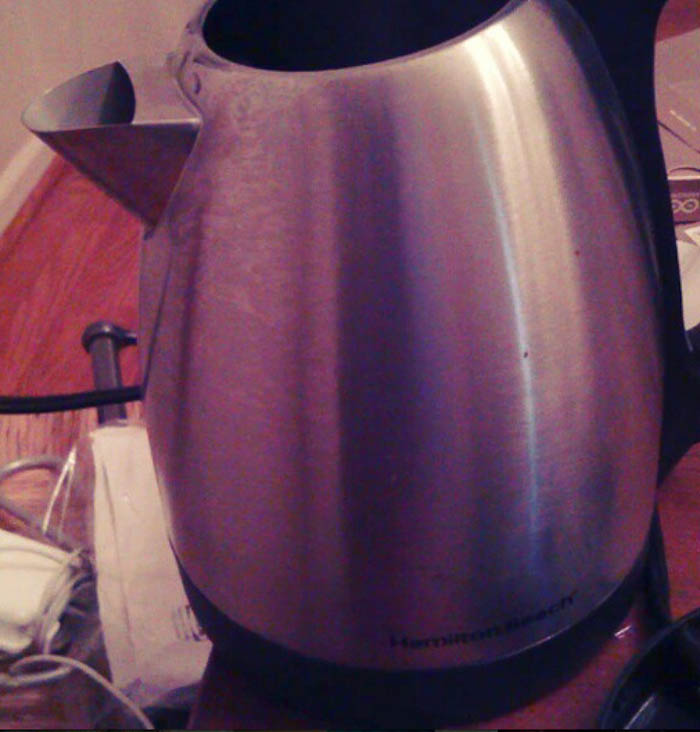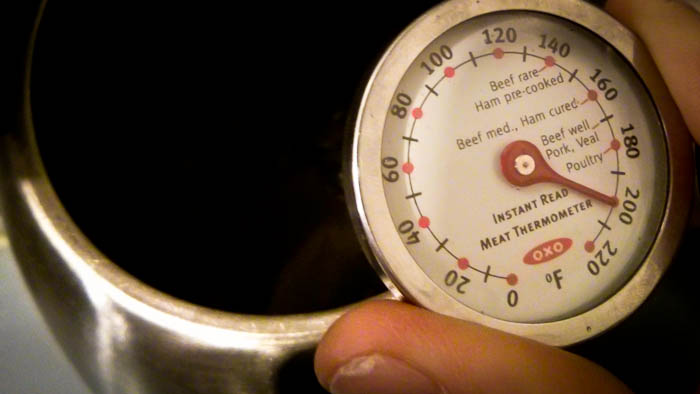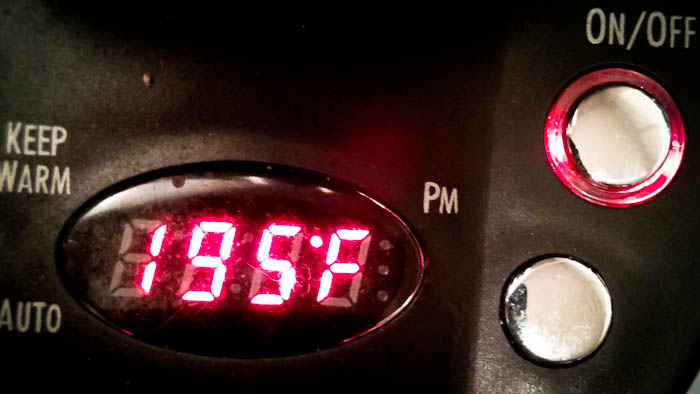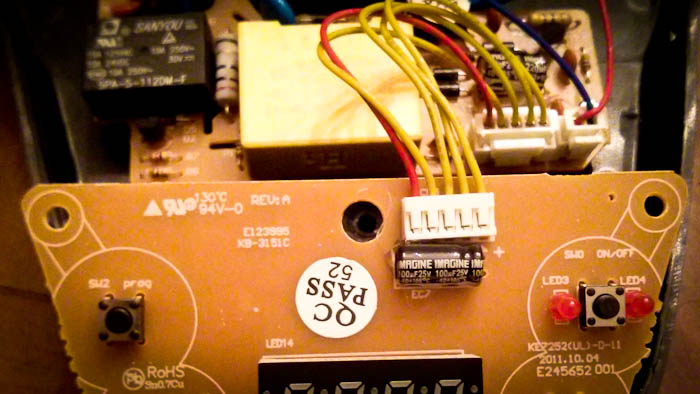OBS for On-line Teaching and Instructional Videos
Open Broadcaster Software (OBS) is a free, open-source project for live streaming content to the web. It can also be used for producing and recording a presentation or as a virtual camera for web conferencing software such as zoom. I've had success using it for teaching this summer and wanted to record a demo video of what it can do while sharing a few tips for how I am using it.
The video above was recorded live with zero editing or post-processing work.
If you're prerecording videos that involve your webcam or switching back between something more conversational and screensharing a presentation, web browser, or text editor, then recording in OBS can dramatically cut your post-processing time.
Scenes
Before you record or stream you can design your scenes. Once multiple scenes are added, you can transition between scenes by selecting them from the scene pane user interface or from a hotkey. You can setup hotkeys in the File > Hotkey menu.
A scene is made up of many visual and audio sources. A scene's visual sources can be arranged, resized, rotated, and cropped via drag-and-drop. A scene's audio sources can be mixed to a desired volume level and muted individually.
Visual Sources
You can add a source to a scene via the sources pane or by right clicking on the scene preview. Drag-and-drop your visual sources to arrange them on a scene. You can resize visual sources by dragging them from corner handles. To crop a visual source, hold down the Control key while you drag a handle. The stacking, or z-ordering, of visual sources is controlled from the sources pane if you rearrange your sources.
Common sources include:
Webcam / Video Capture
Your webcam's video output, or if you have a video capture card and want to use a DSLR/camcorder, can be added as a source to any scene. This one is self-explanatory. If you have a solid color background, such as a green sheet, you can add a Chroma Key filter to the video source for transparency after some parameter tweaking. Color correction, brightness, and so on can also be tweaked via filters.
Display Capture
Share your entire desktop display as a visual source, just like a webcam. If you'd like to share only a specific area of your screen, crop the source using the method described above.
I've personally found sharing a specific rectangle of my screen more useful than sharing a specific window. That way I know I can move any window I want to share into the rectangle and it just works, rather than the Window Capture source described next.
Window Capture
The Window Capture source gives you the ability to share a specific application window, regardless of where the window is positioned on your screen. The entire window will be shared. Some applications (Google Chrome-based / Electron) need to be started in a specific way in order for this setting to work (with your graphical processing unit's acceleration disabled). I strongly prefer the Display Capture source described above and do not use Window Capture.
Color Source
Useful for adding a solid color background to a scene. After you add it, click the lock icon in the scene pane to avoid accidentally rearranging it as you arrange the other elements of your scene.
Audio Sources
Multiple audio sources can be mixed. For teaching purposes there are likely only two sources that matter: your microphone and your desktop's audio (when playing a video or audio/music clip). Each scene only needs to have the audio sources you plan to use in it.
Audio source volumes are mixed independently and can have filters applied.
The Noise Filter useful for cleaning up microphone input. I haven't found a use for the other audio filters, but when I've attempted to tinker with them I've found that searching for "obs (insert filter name) settings" produces useful results.
Teaching Specific Tips
My Scene Collection
I move between six different scenes in the course of a live lecture:
Camera Only - Maximixing the webcam and hiding all other content so that the focus is on a one-to-one conversation.
Big Camera Overlay - 70% of the scene is my shared display, the other 30% is my webcam feed shifted off to the side, but large.
Small Camera Overlay - 95% of the scene is my shared display, my webcam is moved into the bottom right corner of th screen.
Screen Only - 100% of the scene is the shared display.
Muted Screen Only - No sound while sharing the display. Useful when students are carrying out active learning exercises.
Zoom/Poll Overlay - Same as Big Camera Overlay but an additional display source is added which shares a zoom interviewee or a live poll's results.
You can install a plugin for OBS to work as a webcam source so that it can be used as your camera in Zoom or Microsoft Teams. The plugin is called VirtualCam and is available on Windows and Mac (I have not tried the Mac version and it looks like it may require some suboptimal security settings).
Relative Camera/Screen Sharing Placement
If you are using a webcam that is not built into your laptop's screen, try placing it off to the left side of your screen. When you use your screen as an input source, choose a bounding rectangle off to the right side of your screen. Then, if you compose scenes where your avatar is on the right-hand side of the screen it will present as if your avatar looking in the general direction as the content in your video.
Advanced Features
OBS has far more advanced features than those discussed here. I haven't needed them. If you browse professional livestreams on Twitch.com, you'll see there are lots of interesting things you can add as sources. If you want to explore the more advanced features my recommendation is searching around and following a tutorial or instructional video. When I've wondered how something I saw on a stream was possible I was able to find the answer in at most a few searches.
Parting Thoughts
OBS is powerful software for producing and either recording or streaming video content live. It has increased the production quality of my teaching content while reducing the amount of time I spend on any editing in post-processing. It has a learning curve and takes time to configure to your liking and get comfortable navigating, but will be worth it if you're doing any video editing after the fact to achieve similar results.






